PROMOTIONAL RESEARCH
We speak to forecasters and consumer experts to pick out the big trends to watch in 2018.
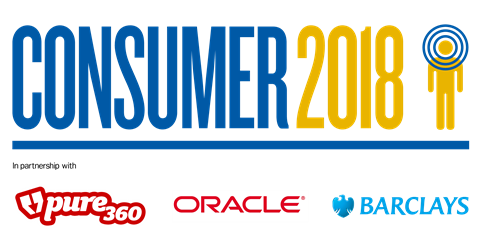
Hacked off
German retailer Otto’s director of supply and category management Michael Sinn said last year that “data is the new gold” for retailers.
If this is the case, then it’s also true that shoppers are becoming more savvy about what their personal goldmine is worth and are now more protective of which organisations they share information with, particularly in light of high profile data breaches.
Mintel’s senior trends consultant Richard Cope says: “The data consumers are generating is escalating, but it’s creating vulnerabilities, as high profile hacks have shown.
“In response, consumers will protect themselves with software and behaviours learned from the more streetwise, private approach of younger generations.”
Retailers will need to incentivise customers to share their data, and ensure the information they already have is used in a way that is compliant with the new GDPR regulation.
“Looking ahead, newly empowered consumers will benefit as brands solicit them,” says Cope. “Whilst discounting for data schemes will mainstream, we’ll also see more creative data-sharing initiatives that help consumers to save time and better monitor their health or their utilities spending.”
Open all hours
Convenience is of the utmost importance for today’s time-poor shoppers and the rise of ecommerce has driven the expectation that consumers can buy what they want, whenever they want.
“As traditional business models of all sorts crumble, the store that was open 10am to 6pm will be a thing of the past,” says Future Laboratory chief executive Trevor Hardy.
Forward-thinking retailers have already jumped on this trend, with longer opening hours, next or same-day delivery for those shopping on the go, and – as Hardy points out – experiences to make late evening shopping both social and fun.
“Innovative brands are repurposing their physical space when not in use for education, arts, culture and potentially other uses that demonstrate engagement and involvement in a retailers’ local community.”
For example, Marks & Spencer launched Frazzled Café meetings in M&S cafés after hours to support people with mental health issues.
Waterstones has capitalised on the physical book revival by hosting events in its major stores around new launches.
And, proving that there is demand for 24/7 customer access, Metro Bank has made flexible open hours its USP in a world where its high street rivals close at 5pm, or have been shut down entirely.
Body positivity
Once relegated to quiet corners of Instagram, the body positivity movement is entering the mainstream. What began as an antidote to the heavily airbrushed marketing campaigns shoppers are exposed to on a daily basis, has developed into customers being loud and proud about their personal identity, and retailers are taking note.
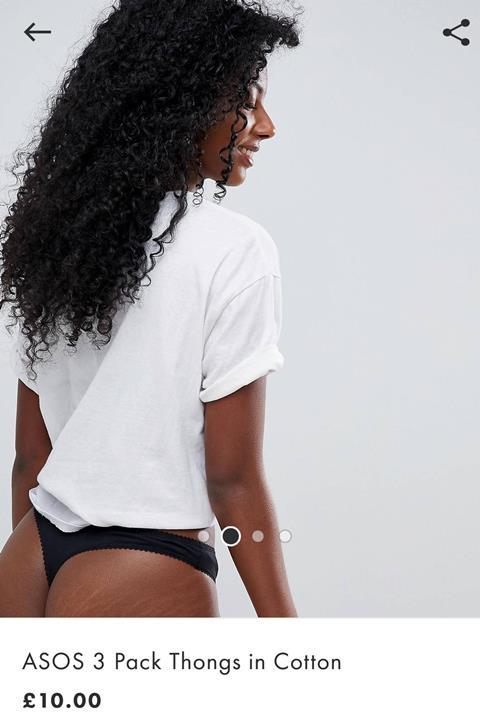
Missguided’s latest ad slogan is “keep on being you, it’s a really great look” and Asos has won praise for not photoshopping out its models’ stretch marks earlier this year.
This trend is set to accelerate next year, and retailers have an opportunity to win shoppers’ hearts and minds by getting involved.
Mintel manager of trends Catherine Cottney says: “With a growing level of attention around the negative impact of social media, this generation will seek to take back greater control by being more mindful of their usage.
“They will be quick to call out brands promoting unrealistic beauty ideals and quick to support those embracing diversity. In 2018 and beyond, brands have an opportunity to step in and provide solutions to help empower this cohort.”
Insta-shopping
Instagram has been the go-to place for discovering fashion brands and gaining outfit inspiration for a while, but 2018 is the year that shopping on the platform is tipped to take off.
“Instagram is becoming Generation Z and millennials’ shop window, and retailers are scrambling to make Instagram more shoppable,” says WGSN senior editor Petah Marian.
“It’s how people discover product. As print media is on the decline, the trusted inspirational voices are on Instagram – be it friends or influencers.”
“Now, instead of a product credit in a magazine, people are looking to shop Instagram – which is why there are lots of startups and movement around visual commerce.”
Instagram has been testing its shopping capabilities for US users over the past year, playing with its ability to monetise its 500 million daily users.
Shoppable posts feature active links to retailers’ websites – something usually only allowed at the top of an Instagram profile – and up to five tags per photo, which contain links and prices for items shown in the photo.
Once the testing phase is complete, shopping on Instagram will be available to retailers and users all over the world.
Plastic’s not fantastic

BBC’s Blue Planet II has put the damage caused by wasted plastics firmly back on the agenda.
Featured prominently in Philip Hammond’s Budget, the conservation of Britain’s beaches and oceans is growing in importance in the eyes of consumers.
Cope says: “In the coming year, lobbying campaigns will make consumers more aware of ocean plastic and its impact on wildlife and their own health, while politics will focus European consumer attention on marine conservation.
“More and more brands will offer education and leadership with clean, safe and sustainable products, as they seek to highlight and safeguard the purity and future supply of their ocean ingredients.”
“Instagram has been the go-to place for discovering fashion brands and gaining outfit inspiration for a while, but 2018 is the year that shopping on the platform is tipped to take off”
Catherine Cottney, Mintel
Already, Iceland and Co-op have backed the cause, signing up to a plastic bottle deposit scheme.
Cope predicts that, while plastics won’t be wholly demonised, intensified eco-lobbying will produce more recyclable products, as well as incentives and initiatives to encourage sustainable behaviour.
“We may well see social stigmatisation of plastic cups and cling film, more pioneering brands innovating with soluble pod packaging and more retailers dispensing with it completely.
“In food, drink and beauty, we’ll see pure, unpolluted sourcing mainstream as a claim and natural exfoliators like salt and sand championed alongside other sustainable marine ingredients,” he says.
Transparent brands
In a world of post-truth politics and fake news, consumers are looking for brands that offer transparency, simplicity and evidence.

Cottney says: “Consumer distrust in governments and media is spreading to companies, and so is the clamour for truth and transparency in ingredients and behind-the-scenes processes.
“More and more companies will take an “open kitchen” approach and use their packaging, portals and premises to practise truth and transparency.”
Fashion brands such as Levi’s, Nike, Adidas and Gap publish lists of all the suppliers that make their clothing, while grocer Sainsbury’s includes the name of the farm that supplied its meat and vegetables on product packaging.
Mintel says that consumers are using online tools to find out what companies are doing and are seeking facts and evidence.
Cottney says: “Quantified and qualified facts will be in high demand and consumers will expect greater transparency as standard, whether this is related to manufacturing processes or how efficacious a product is.”
“In terms of marketing, there will be a push for greater authenticity; consumers are set to see behind-the-scenes revealed through creative campaigns that put employees to the fore and capitalise on their years of expertise.”
Cutting out the middle man
The mistrust of brands and desire for transparency is also driving some people to cut out the middle man – be it the media or retailers – and go straight to the source of the products or stories they consume.

Hardy says: “A new consumer will emerge who seeks to disconnect entirely from existing financial, media, lifestyle and government institutions.”
He uses the growth of the cryptocurrency market – which is predicted to hit $5trn by 2022 – as evidence of this.
For consumers, it is easier than ever to cut out the retail middle man and buy from brands, both online and from the many branded stores that have opened in recent years.
Dyson, Samsung and Lego are just some of the brands that are opening their own stores.





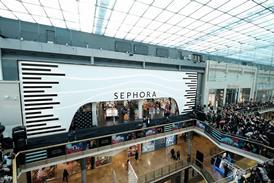














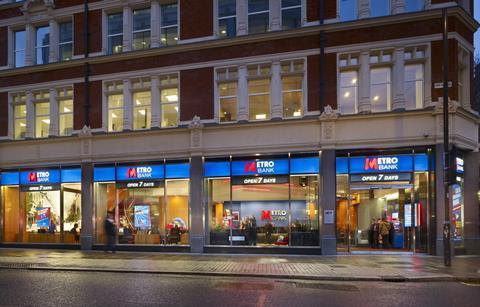
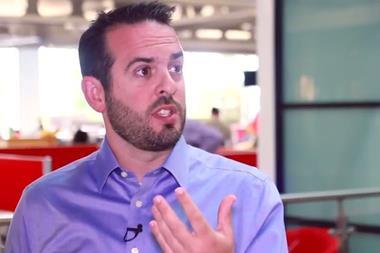
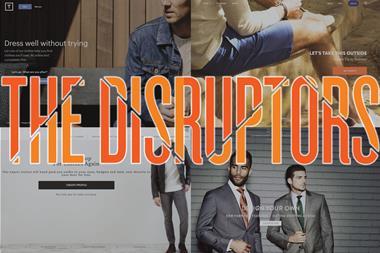

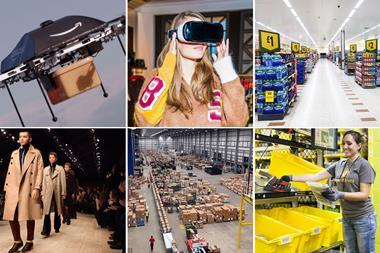
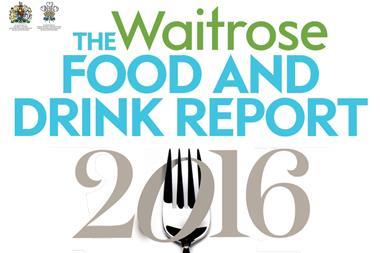

No comments yet